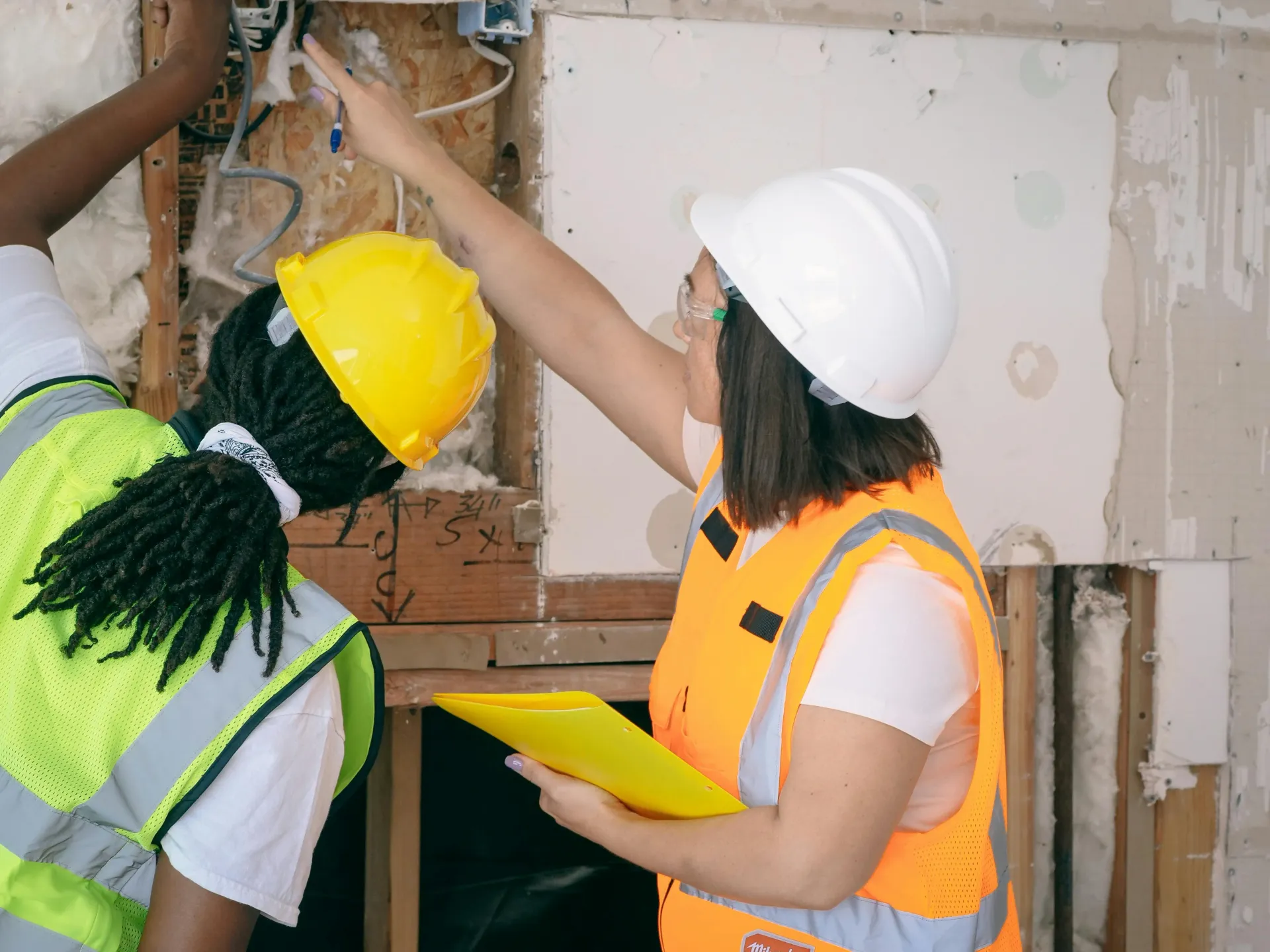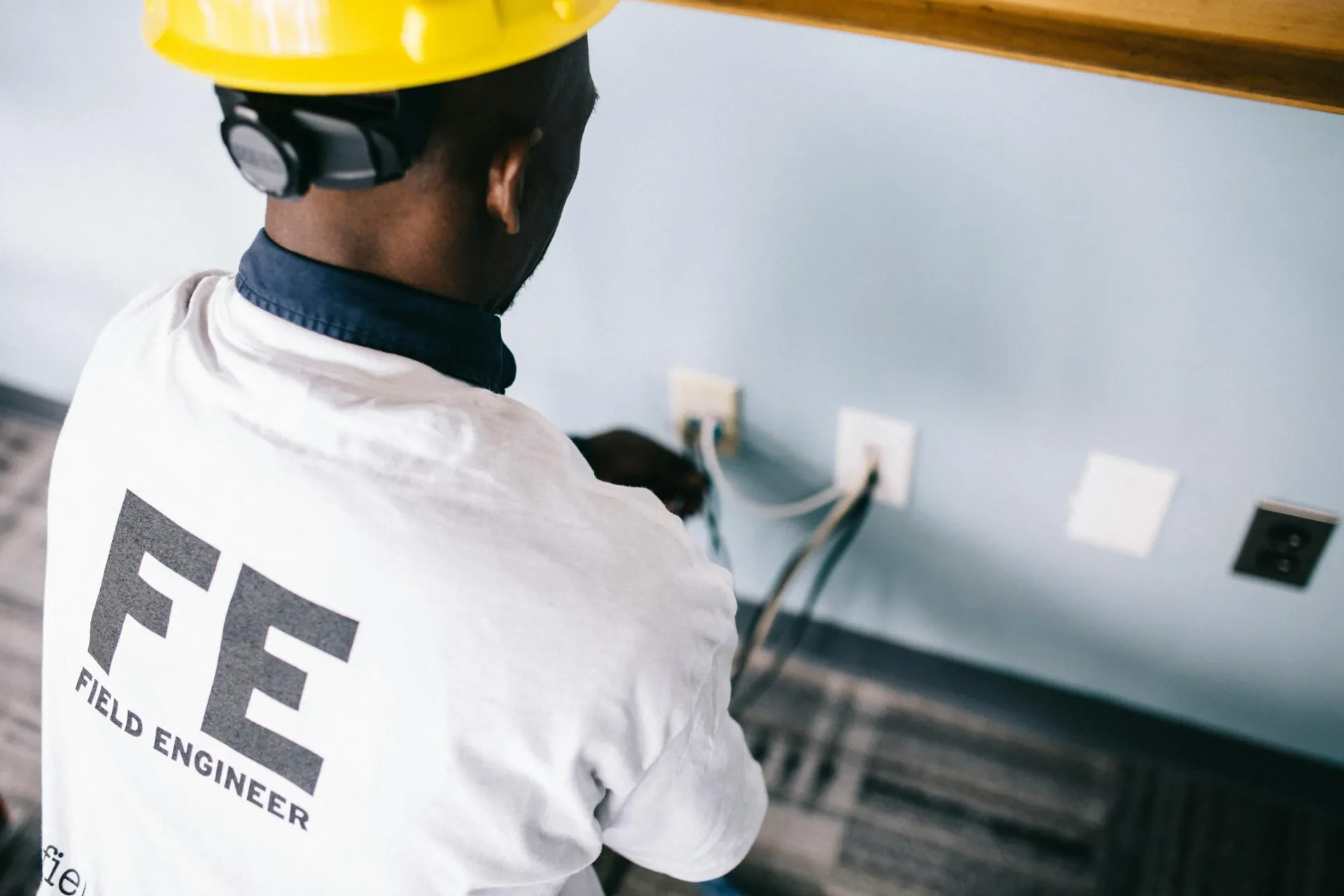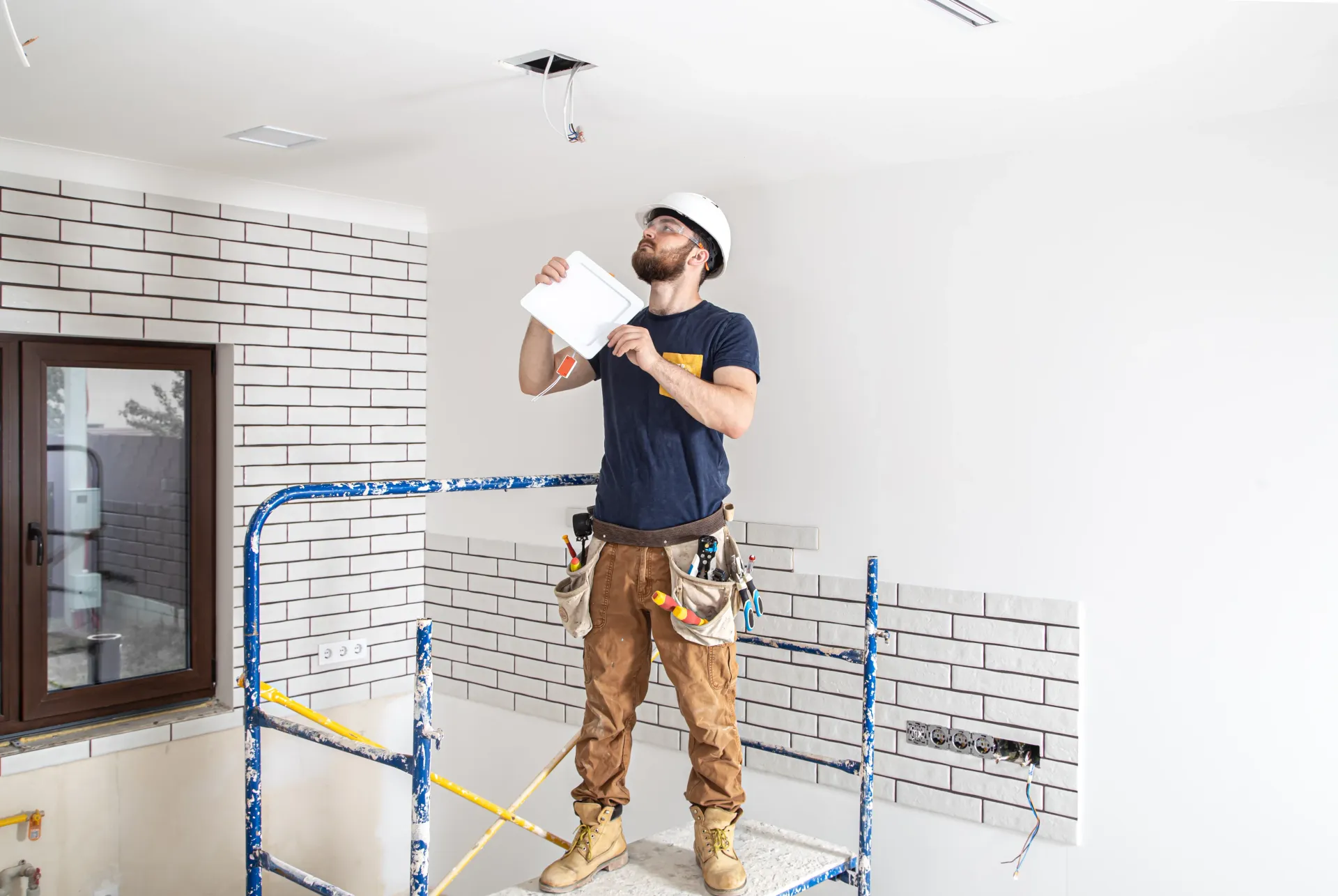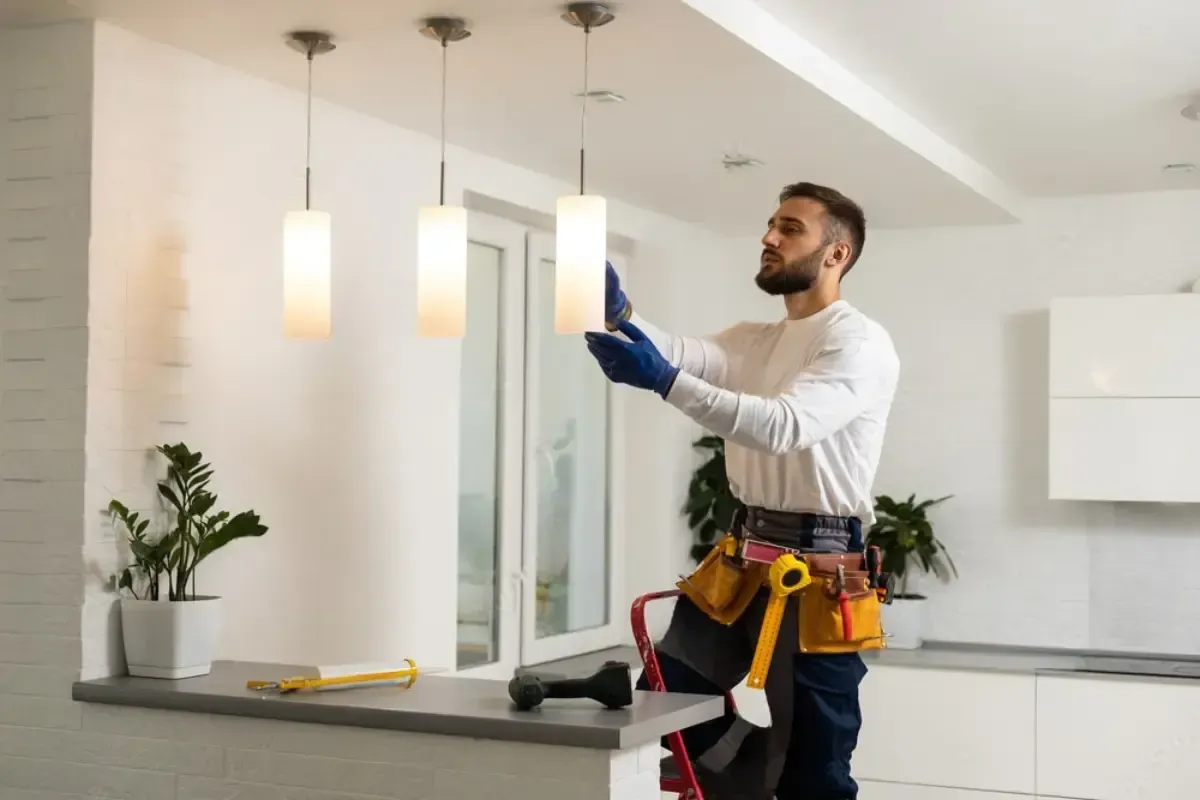How Circuit Upgrades Can Safeguard Your System from Overloads
Circuit upgrades are more than just modern conveniences—they are a necessity in today's energy-hungry homes and workplaces. As technology advances and our reliance on electronics intensifies, older electrical systems often can't keep up with demand. The result? Overloaded circuits, electrical fires, damaged devices, and sky-high utility bills.
Investing in circuit upgrades ensures balanced load distribution, minimizes fire risk, and enhances overall system performance. Let's explore every angle of this essential home and business safety practice.

What is an Electrical Circuit?
An electrical circuit is a path that allows electricity to flow from a source to a device or outlet and back. Think of it like a loop: electricity travels out, powers something, and returns. Breakers or fuses act as safety switches that interrupt the loop if something goes wrong.
How Circuit Overloads Happen
An overload occurs when too many devices demand power from a single circuit, causing more current to flow than the wiring can safely handle. This is like stuffing a water pipe with more pressure than it’s rated for—eventually, it will burst or fail. In electrical terms, that "burst" could be a fire.
Warning Signs of Circuit Overloads
- Flickering or dimming lights
- Warm or discolored wall plates
- Frequently tripped breakers
- Buzzing outlets
- Burning smells from switches or outlets
If these signs show up, it's time to consider a system upgrade immediately.
Modern Energy Demands
Older homes were not built for smart appliances, electric vehicles, or even high-end gaming computers. Our homes today use exponentially more electricity than they did just 20 years ago. Upgrading your circuits helps your system keep pace without tripping over itself—literally.
Fire and Shock Prevention
The National Fire Protection Association reports that electrical issues are a leading cause of home fires. Faulty wiring and overloaded circuits are top culprits. Circuit upgrades introduce safer components like AFCIs and GFCIs that significantly reduce fire and electrocution risks.
Reducing System Downtime
Imagine losing power in the middle of a business call or during food prep. Upgrades improve system resilience and reduce outages. With balanced loads and dedicated circuits, your system is more reliable.
Improved Energy Efficiency
New circuit systems are designed with energy-saving mechanisms. They handle power more cleanly, reduce phantom loads, and protect expensive electronics from voltage spikes.
Enhanced Safety for Appliances
Older circuits often operate close to their maximum capacity, putting appliances at risk. Circuit upgrades provide dedicated lines, minimizing strain and extending the life of your devices.
Regulatory Compliance and Insurance
Many insurance companies won’t cover damages from fires caused by outdated wiring. Circuit upgrades help you meet local code requirements, which may even lower your insurance premiums.
Old Wiring or Breaker Panels
Homes built before the 1990s may still have fuse boxes or low-capacity breaker panels. These systems are ill-equipped to handle today’s electricity needs and pose a higher risk of failure.
Renovations or Home Expansions
Any addition—like a kitchen remodel or a new HVAC unit—requires more power. Without circuit upgrades, these changes overload your system, creating a bottleneck of demand.
Frequent Breaker Trips
If you find yourself constantly flipping breakers back on, that’s a cry for help from your electrical system. It means your circuits are regularly overburdened and need reinforcement.
Load Distribution Balancing
Upgraded panels distribute electrical loads evenly across circuits. This prevents one line from handling more than it should, greatly reducing the chance of overloads.
Surge Protection Integration
Upgraded systems often include whole-home surge protection. This shields your electronics and wiring from sudden spikes, like those caused by lightning or utility grid issues.
Arc Fault Circuit Interrupters (AFCIs)
These modern breakers detect dangerous arcing—a precursor to electrical fires—and shut down the circuit before sparks can ignite. AFCIs are now required in many parts of the home per updated electrical codes.
Service Panel Upgrades
One of the most common upgrades is replacing an outdated panel. Modern panels offer higher amperage (like moving from 100 to 200 amps), which supports more devices safely and efficiently.
Dedicated Circuit Installations
High-energy appliances like washers, ovens, and HVAC systems deserve their own circuit. Dedicated lines keep them from hogging shared power and causing overloads.
GFCI and AFCI Installations
Ground Fault Circuit Interrupters (GFCIs) prevent electrocution, especially in wet areas like bathrooms and kitchens. Pairing these with AFCIs creates a fortress of electrical safety in your home.
Electrical Inspection and Load Calculation
Before any upgrade, a licensed electrician will assess your current setup. This includes calculating your total electrical load and identifying underperforming or unsafe areas.
Permits and Local Code Compliance
Upgrades aren’t DIY projects. You’ll need permits and must meet local codes—ensuring the work is done legally and safely. This is another reason to hire a reputable electrical service.
Installation Timeline and Cost Factors
Most upgrades take between 1–3 days. Cost varies based on the complexity, with full panel replacements ranging from $1,500–$3,500. While it may seem steep, the safety and peace of mind are priceless.
What to Look for in a Qualified Electrician
Always seek licensed, insured professionals with experience in code-compliant upgrades. Ask for references, read reviews, and ensure transparent pricing.
Importance of Licensed & Insured Services
Electricity isn’t forgiving. Licensed electricians adhere to strict safety standards. Insurance protects you from liability should anything go awry during the upgrade.
The Role of Electrical Service Providers
Reliable companies like AT Electric LLC not only provide quality service but ensure your upgrades are done right the first time. This includes inspections, load balancing, and documentation.
Routine Safety Checks
An upgraded system still needs occasional maintenance. Schedule inspections every 2–3 years, especially if you notice flickering lights or warm outlets.
Signs of Future Electrical Trouble
Don’t ignore unusual smells, buzzing sounds, or discolored outlets. These are red flags even in new systems and should be checked by a professional.
When to Contact Your Electrician Again
- After installing new large appliances
- If breakers start tripping again
- When planning home expansions
- Before listing your home for sale
It’s Only Necessary for Old Homes
False. Even new homes may require upgrades if you’re installing heavy-load systems like hot tubs, home theaters, or EV chargers.
Circuit Breakers Never Fail
Breakers do age and can malfunction. Replacing them during a circuit upgrade ensures your protection remains reliable.
Upgrades Are Too Expensive
In comparison to the cost of a fire or system replacement, upgrades are a bargain. Moreover, financing and insurance discounts often ease the investment.
What happens if a circuit is overloaded?
Overloaded circuits can overheat, causing breakers to trip or, worse, start an electrical fire.
How do I know if I need an upgrade?
Frequent breaker trips, buzzing sounds, or flickering lights are all signs. A professional inspection will confirm it.
Can I do minor upgrades myself?
No. Even minor changes can result in dangerous errors if not done properly. Always hire a certified electrician.
What’s the difference between a fuse and a circuit breaker?
Fuses melt when overloaded and must be replaced. Breakers trip and can be reset, offering more convenience and safety.
How long does an upgrade take?
Typically between one and three days, depending on your home’s layout and the upgrade scope.
Are circuit upgrades covered by insurance?
While upgrades themselves may not be covered, failing to upgrade could void coverage in case of a fire caused by outdated wiring.
Conclusion
Investing in a circuit upgrade isn’t just about power—it’s about protection. Whether you're expanding your home or modernizing your appliances, the risks of overloads are too high to ignore. With professional help from trusted experts like AT Electric LLC, you can rest easy knowing your system is future-ready and fire-safe.
Links










